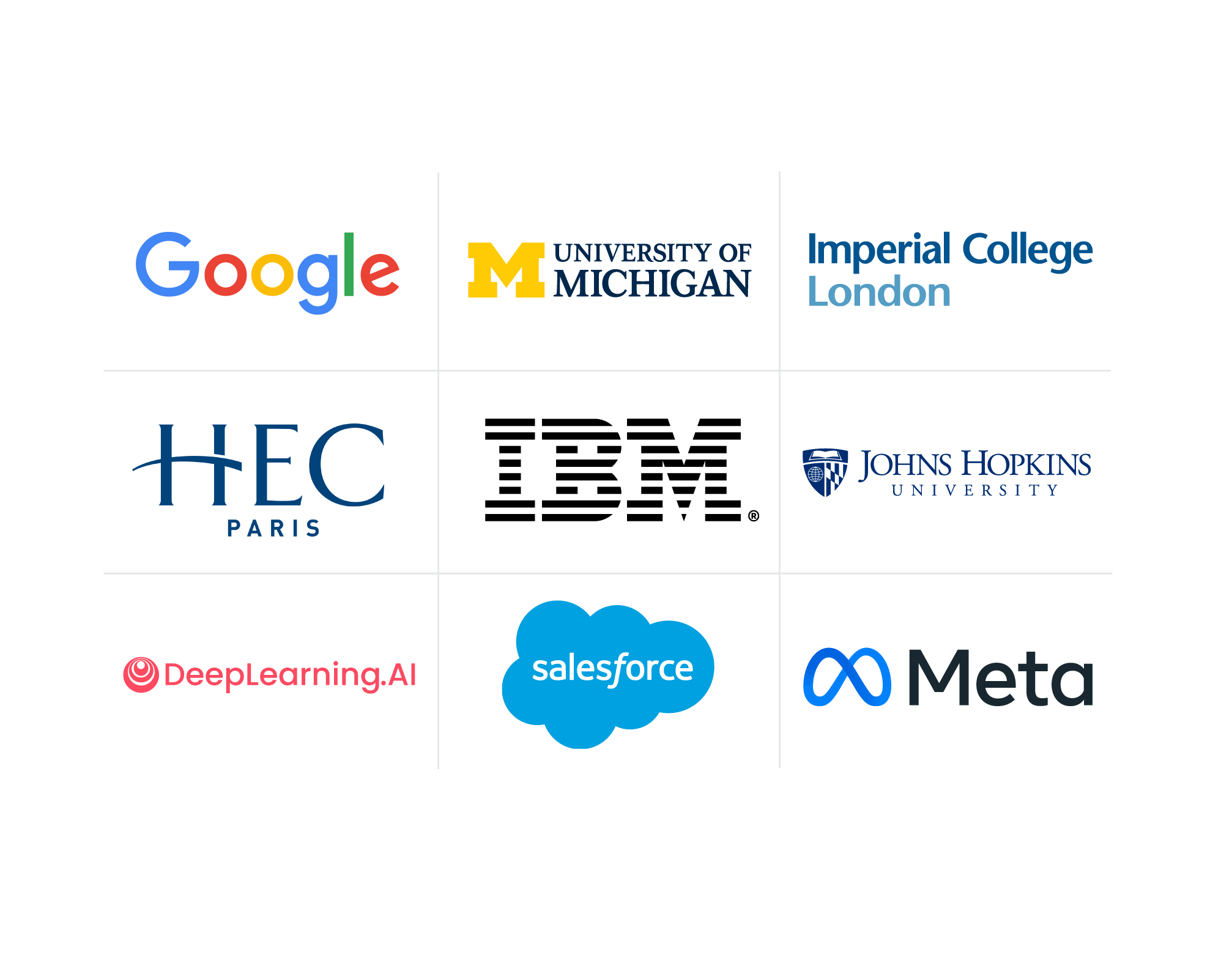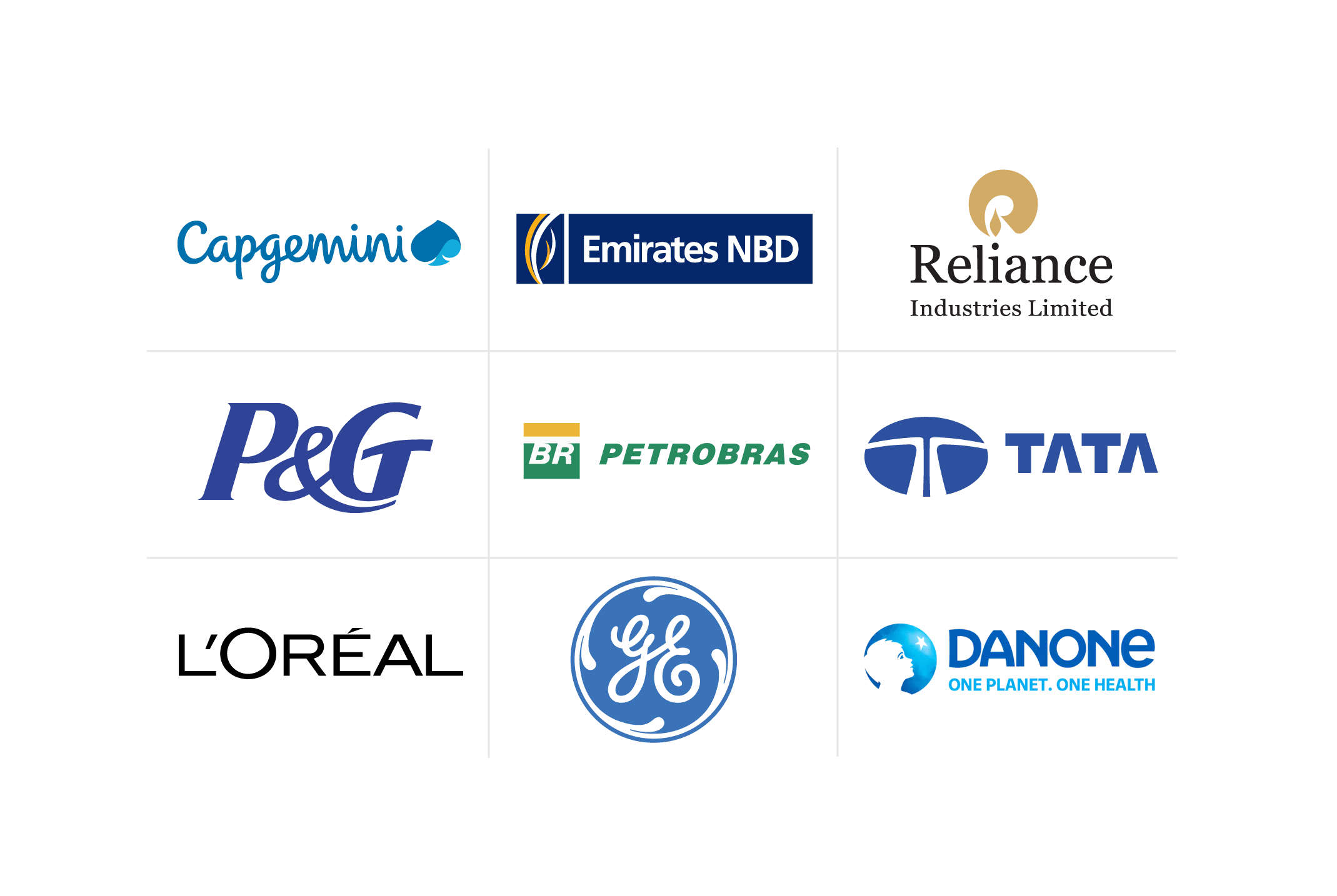Fostering a Learning Culture within Your Company: Your 2026 Guide
Explore how companies and employees benefit from a culture of learning. Discover what a learning culture is, why it's important, and how to create one within your company.
![[Featured image] Two coworkers looking over a program on a computer](https://d3njjcbhbojbot.cloudfront.net/api/utilities/v1/imageproxy/https://images.ctfassets.net/2pudprfttvy6/12HICeKh0ZUFEyfJWQau39/ac59b2f8a1790e80e83ec4f3e12ebd9f/GettyImages-1171809453__1_.jpg?w=1500&h=680&q=60&fit=fill&f=faces&fm=jpg&fl=progressive&auto=format%2Ccompress&dpr=1&w=1000)
To help your company thrive and grow, take steps to foster a learning culture where employees feel competent, empowered, engaged, and valued. In this guide, you can discover strategies for creating a learning culture. But first, find out what a learning culture is and why it's important for your business.
What is a learning culture?
To understand what a learning culture is, picture a work environment where employees embrace the idea of learning and development and the actions that contribute to it. A learning culture involves every employee in the company, from hourly workers to top executives. In a company with an active learning culture, sharing and learning information with others is equally vital.
While a learning culture is essential for fostering employee growth and satisfaction, it can also create a challenge-friendly and competitive work environment that will keep your business up-to-date with modern evolving strategies.
Benefits of a learning culture
A learning culture helps individual employees and companies thrive. Here's how it can benefit your employees:
Receiving work-related education and training opportunities can help your employees feel you have a vested interest in them.
Learning and development can boost employee satisfaction, engagement, and motivation.
Becoming more knowledgeable helps employees gain the confidence and skills needed to advance in their careers.
Training helps employees stay up-to-date on the latest technological trends.
Learning promotes open-mindedness, which enhances work on team projects.
Here's how a learning culture can benefit your business:
Work satisfaction created by a learning culture results in higher employee retention, productivity, and creativity.
Productivity grows when workers learn practical skills that help them perform their jobs.
A learning culture can enable your company to be more adaptable to change.
When your employees gain knowledge, you can offer a promotion from within instead of spending time and money recruiting from outside the company.
Employees who focus on continual improvement can foster a mindset of improvement and advancement within the company.
Strategies for creating a learning culture within your company
With so many benefits of continuous learning in the workplace, it makes sense to focus on growing the learning culture in your business. To help establish your new learning culture, you can take advantage of these tips.
Align learning and development with organizational goals and objectives.
To align your company goals with your learning and development strategy, identify your learning and development (L&D) goals and define success. Consider what types of training might help you meet your goals and what skills each employee will benefit from learning or improving. Make sure your employees understand what the company goals are and how the training will help.
Make continual learning a core value of your company.
To make learning a core value of your company, you’ll need to implement it foundationally. Make learning part of your written mission statement and discuss your commitment to it while interviewing new job candidates and onboarding new hires. Make learning opportunities accessible to all employees, no matter their job title, and create an environment where it's safe to ask questions, present ideas, take risks, and make mistakes. To get buy-in from your entire organization, you can offer incentives like prizes, awards, bonuses, recognition, or other benefits for achieving learning objectives.
Involve employees in planning for continuous learning.
Involving employees in learning and development strategy helps ensure they get the skills and training they need, as they can share where they would like to grow and improve. When employees get to help choose their training topics, presenters, and schedules, they can be more motivated to learn, and it can make participation more enjoyable.
Get employee feedback.
Getting employee feedback regarding learning and development sessions provides two benefits. It makes employees feel like you value their opinions, and it gives you important information on what is working or not. Asking for feedback can tell you if an employee felt like they learned something from the session and if they enjoyed it. Make sure to respond to feedback and take their notes into consideration for future decisions so employees know that you listen and care.
Focus on both the short and long term.
When planning learning strategies, it is important to have short-term and long-term goals. Consider opportunities that will help employees develop in their current roles and provide value for future roles they may advance into. Remember that your entry-level workers might be your future department heads, so it can be advantageous to invest in them early. To maintain your learning culture well into the future, hire job candidates interested in learning and can demonstrate it.
Offer different kinds of learning to keep things interesting.
Although employees appreciate education and training opportunities, they can become bored with repeated formats. To keep your learning culture fresh and interesting, consider offering different employee development methods.
Consider implementing these suggestions:
Schedule in-house training sessions with dynamic keynote speakers.
Send employees off-site for training.
Give tuition incentives for relevant degree or certification programs.
Allow employees to take online courses from work or home.
Conduct regular team-building exercises.
Provide access to informational films or podcasts.
Build an employee library filled with relevant books and magazines.
Share work-related articles via email.
Conduct performance reviews of your employee development program.
Once you have a defined learning culture in place at your company, make sure to review your employee development goals on an annual or more frequent basis. Meet with your executive team to review the goals you initially set, discuss whether or not they were met, and how you can improve performance for next year. This performance review gives each team member an understanding of new goals and objectives, and it makes it clear what their role is.
Next steps: Getting started on Coursera
To start creating a learning culture within your company, consider taking the Learning and Development course offered by the Human Resources Certificate Institute (HRCI) on Coursera. Learners typically finish this course with a total investment of 15 hours.
During the course, you can learn how to structure training and development plans based on career progression, and you can discover different learning models, training types, and training delivery techniques to see what's best for your company. You can also get an understanding of employee feedback and how to use it to improve training and development, and you can learn about training compliance. When you're finished with the course, you'll receive a Professional Certificate to post in your office or share on your professional social media page and list on your resume.
This content has been made available for informational purposes only. Learners are advised to conduct additional research to ensure that courses and other credentials pursued meet their personal, professional, and financial goals.



